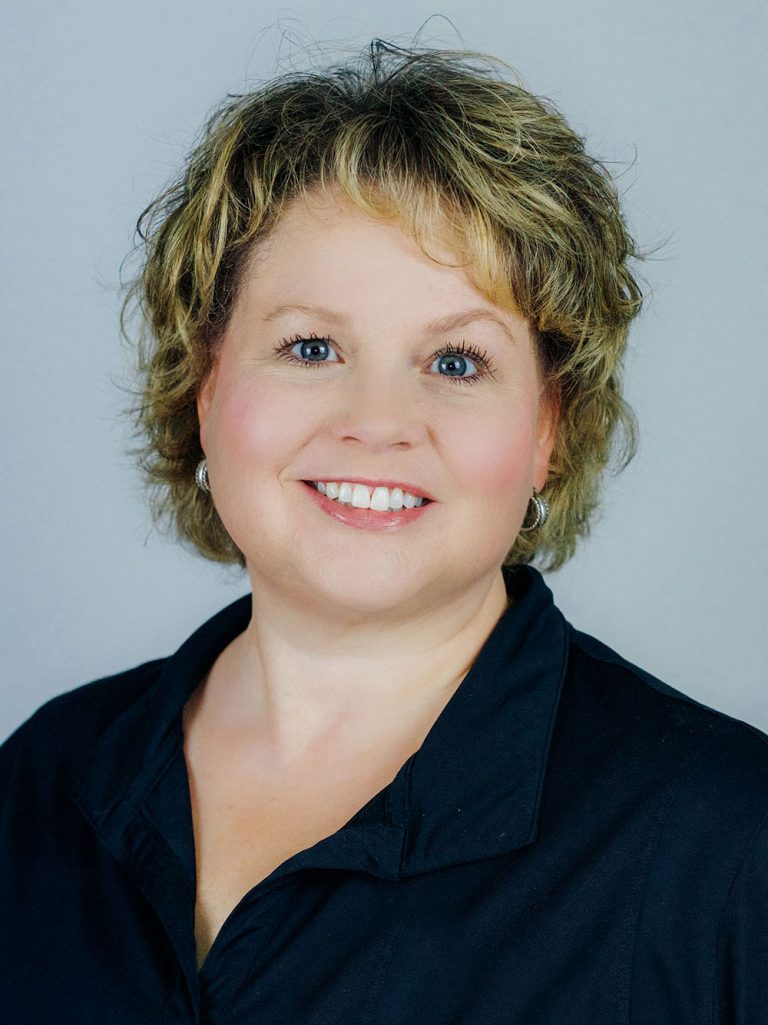The A&E documentary, “Hoarding,” has shed light on how hoarding impacts families in many ways, a family’s living conditions, social inability, children and jobs of family members.
We all have some clutter in our lives from time to time. But knowing the difference between hoarding and chronic disorganization can help these conditions by bringing organization and peace back into our lives. Knowing the
Difference: Aspects of Hoarding
Hoarding involves the physical activity of purchasing or bringing unneeded items into a home. It also produces physical reactions: fear of not having enough or of letting an item go may bring on physical symptoms such as nausea or shortness of breath. Psychological and emotional issues are present throughout. The hoarder may project emotional attachments onto specific objects and feel the need to acquire and save specific items.
Hoarders may:
o See value in every item, even trash or in specific types of items
o Fear loss of an item or information, such as newspaper or magazine
o Purchase items compulsively
o Be unable to prioritize not only items in their homes, but also aspects of their lives
What is Chronic Disorganization?
While chronic disorganization may result in clutter and loss of living space, it is not the same as hoarding. Chronic disorganization may lead to clutter in the home or office, time management issues and a reactionary response rather than long-term planning. Chronic disorganization may be a result of ADD/ADHD, a chronic pain condition, dementia, or other health condition.
Today, chronic disorganization is increasing as a result of ADD and ADHD combined with the over-posting of social messages about the value of consumption.
People with chronic disorganization may:
o Have clutter, including paper, boxes or bags stacked in the office or home
o Always be running behind
o Try to organize but just don’t have the energy or time
o Spend the majority of their time putting out fires instead of long-term planning
Getting Help
Compulsive hoarding is an extremely complex disorder. It is also still a relatively new field of study and there is much that we are still learning, and need to learn, about how to best work with hoarders and offer helpful treatment. Hoarders often do not recognize there is a problem, a family member or friend may be the one to identify the seriousness of hoarding in their lives.
Those with chronic disorganization may recognize the problem of clutter impeding their lifestyle, but may feel helpless to do anything about it.
Both conditions involve the physical act of removing clutter from a home. However, little will change if there is no behavior change, and the underlying psychological issues are not addressed. Getting help from a mental health professional who is very informed about these issues and how best to work with them is a critical part of effective treatment.
As a professional organizer, I work with individuals and families to bring a sense of organization into their lives, reducing the chaos. When working with hoarders or the chronically disorganized, I can take a team approach, collaborating with mental health professionals who can address the psychological aspects of a client’s hoarding behavior or chronic disorganization.
If you or a family needs help with hoarding or chronic disorganization, please contact me today at sherry@organizing-stuff.com or 765-625-0480.


1 Comment. Leave new
NEED ADVICE BUT LIVE IN SEATTLE WA. DON’T KNOW WHETHER I AM A HOARDER OR SUFFER FROM CHRONIC DISORGANIZATION, OR BOTH. AM CURRENTLY WORKING WITH AN ORGANIZER BUT IT IS STRESSFUL TO THE POINT OF CAUSING PHYSICAL SYMPTOMS. CAN YOU SUGGEST MENTAL HEALTH PROFESSIONALS IN THE SEATTLE AREA WHO COULD HELP ME? I AM 76 YEARS OLD, AND PHYSICAL PROBLEMS OF AGING AND CHRONIC FATIGUE ARE MAKING ALL OF THIS MORE DIFFICULT THAN IF I HAD ADDRESSED MY PROBLEMS AT AN EARLIER AGE